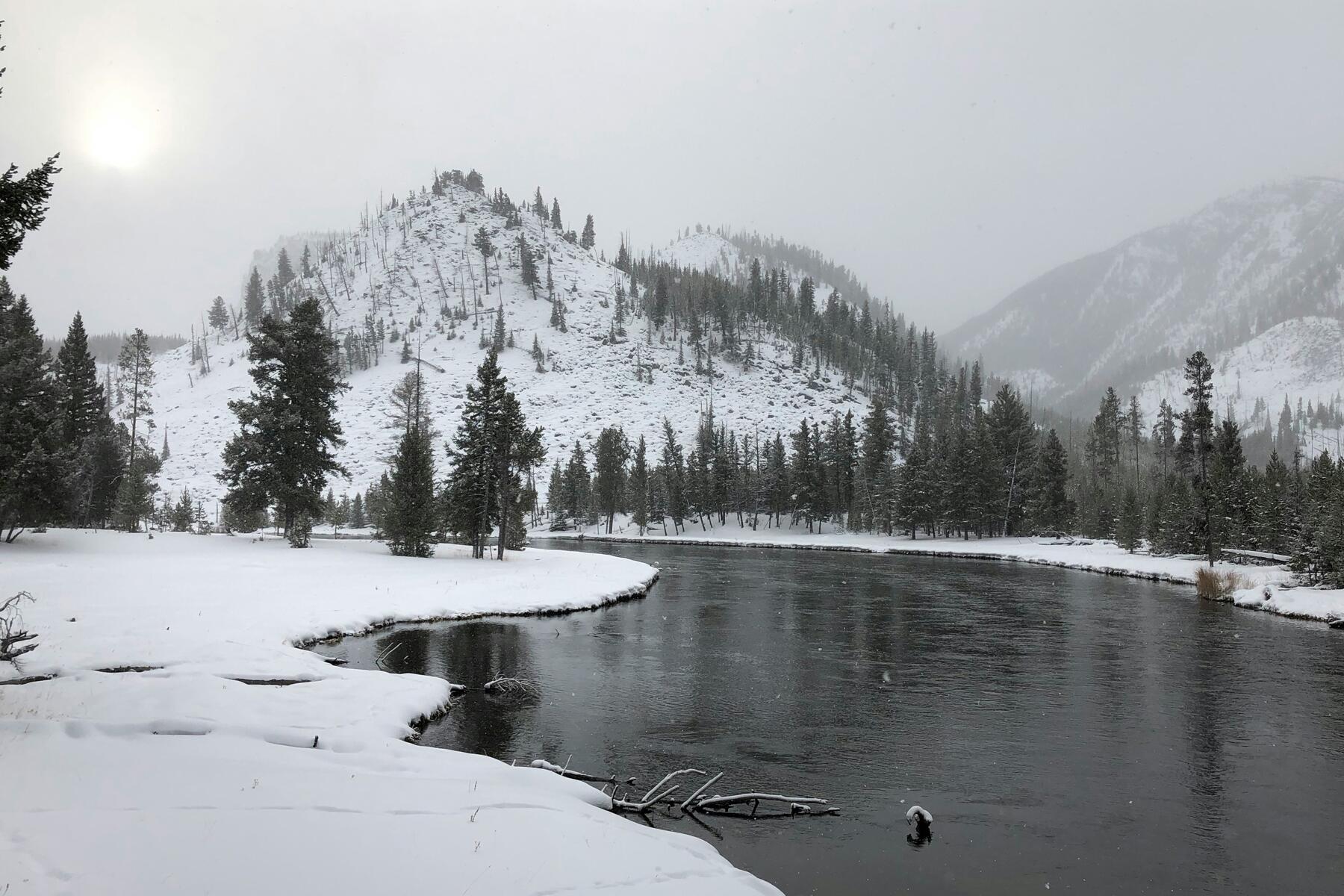A drive down this parkway will take you to Elvis’ birthplace, stunning trails, and even an elephant sanctuary in Tennessee.
The 444-mile scenic Natchez Parkway follows one of the oldest trails in North America. Prehistoric animals first cleared the ground on route to find new grazing land, Native Americans including Choctaw, Chickasaw, and Natchez tribes, as well as other Indigenous peoples all followed in their footsteps to hunt big game, and early European explorers and colonists and American colonists used the trail as a trade route.
Today, the National Scenic Byway links Natchez, Mississippi, with Nashville, Tennessee. Along the way, the two-lane byway gives drivers a chance to pull off the road and meander through 10,000 years of American history.




